"The Tar Road" and Other Poems
By Shatrughna Pandab. Translated from the Odia by Pitambar Naik.
A Note from the Translator
Odia ଓଡ଼ିଆ, formerly known as Oriya, is the official language of the Indian state of Odisha, formerly known as Orissa. Around 82% of the total population in Odisha speaks Odia. The language is also spoken by a sizable portion of the population of many other states such as West Bengal, Jharkhand, Andhra Pradesh, and Chhattisgarh. Odia is regarded as the second official language of Jharkhand. According to a 2019 survey, around 35 million people speak Odia primarily. The language also has the status of being the sixth classical language in India, with a long and rich literary heritage. The earliest-known Odia inscription goes back to the 10th century AD.
Odisha has produced some brilliant writers and poets whose works in Odia span such diverse genres as novels, short fiction, criticism, essays, and poetry. Today, Odia literature has attracted a good number of literary enthusiasts across the state and beyond. Although the dominance, popularity, and influence of the English language in Indian literature have skyrocketed, Odia literature has maintained its distinct identity. However, the translation of Odia literature into English and other languages is abysmal. Translation is one of the serious aspects of literature, but it has been neglected in the case of Odia literature, and it has not been given the due importance it deserves for various reasons. Neither the state nor the people have put in the effort needed for the growth and expansion of translation to take Odia literature to the global stage. Writers with knowledge of both Odia and English should make tangible, substantive and serious endeavours to translate Odia literature into English for non-Odia readers, keeping English-speaking readers in mind.
The poems published here are a part of the anthology titled Fury Species, which I curated and translated. 38 Odia poets contributed to the anthology. Most of the poets are from suppressed groups such as the Dalits, Adivasis and religious minorities. The overarching theme of the anthology is resistance and protest, although the poets offer myriad perspectives on the theme. Their earthy poems whisper trauma and cry angst. They depict the oppression of the common people, who are treated merely as objects by the ruling class, especially the caste Hindus in India. Reading these poems, I have developed a relationship with their powerful and sharp tones, and the blood-chilling nuances of their language. I was moved and shattered to translate them as I met humans perishing as the lesser gods in these poems. These poems speak with powerful pathos about human suffering in a devastated landscape and a tortured world, wherein the original inhabitants of the land are reduced to subhumans and live like strangers and refugees in their own country. Let the world know these people and how they have been victimized for centuries for no crime of theirs.
Hani Zurob - Arab Spring is Not Yet Complete (2011), Mixed media on canvas, 200 cm x 200 cm
Image description: A large part of the image is rendered in shades of green, with visible brushstrokes and paint splatters dripping down the center of the canvas. Towards the lower half of the painting, fragments of faces, raised arms, and bodies are visible, as if emerging from the green surface. On the top right corner, a pair of brown-colored shoes are depicted, as if emerging from the coat of green paint.
ପିଚୁରାସ୍ତା
ପିଚୁରାସ୍ତା କଳାମଣିଷଙ୍କ ପିଠି ପରି ଦିଶେ
ତା' ଉପରେ ମାଡ଼ିଗଲେ ବି
ଅଜସ୍ର ପାଦ... ଗାଡି ମୋଟର
ପିଚୁରାସ୍ତାର କ'ଣ ଯାଏ ଆସେ ?
ଖରା କ'ଣ ତରା କ'ଣ
ସେ ସେମିତି ପଡ଼ି ରହିଥାଏ
ଅରଣ୍ୟେ ଅଜଗର ପ୍ରାୟେ
ଆମ ତମ ଶ୍ରୀଅଙ୍ଗକୁ ବୋହିନେବା ପାଇଁ
ସେଠି ଖାଲି ପିଚ୍ ପିଚ୍ କଳାରକ୍ତ ମିଶେ
ପିଚୁରାସ୍ତା କଳାମଣିଷଙ୍କ ପିଠି ପରି ଦିଶେ!
The Tar Road
The tar road looks like the back of a
black man.
It doesn’t matter
if thousands of feet tread
and thousands of vehicles run over it.
Day or night
like a python in the forest,
it lies supine to carry
the slick bodies of yours and mine.
There, only the intense and
dark blood blends—
the tar road
looks like the back of a black man.
Hani Zurob - Notre Marie | Our Mary (2019), Tar and mixed media on canvas, 120 cm x 100 cm
Image description: The image depicts an abstract composition of iridescent colors. Tar is used to form dark marks around the edges of the canvas. Towards the center of the canvas, a vague image of a long and narrow steeple is thinly outlined in white. A cross sits at its top. In the lower right corner is a small image of a building with tall arches and triangular roofs.
ଝାଳ
(୧)
ଯାହା କିଛି ମୂଲ ହୁଏ ତା' ଝାଳ |
ଯାହା ତରଳି ବୋହିଯାଏ ଫର୍ନେସରେ
ଉତ୍ତପ୍ତ ଲାଭା, ଭାତହାଣ୍ଡିର ଢାଙ୍କୁଣୀ ଠେଲି
ଉଠିଆସେ ଯୋଉ ବାମ୍ଫ, ସବୁ ଝାଳ |
ମେହନତିର ସବୁ ପରିଭାଷା ନା ନିଆଁର
ଲହ ଲହ ଶିଖା ଏଇ ଝାଳ ?
( ୨ )
ଝାଳ ଗନ୍ଧରୁ ଇ ମା' ଜାଣିପାରୁଥିଲେ
ଘର ଅଲଗୁଣୀରେ ଏକା ପରି ଦିଶୁଥିବା
ଜିନିଷ ମାନଙ୍କ ମେଳରୁ କୋଉଟା ବାବାଙ୍କର |
ଆଉ ପିଲାଦିନେ ଅକସ୍ମାତ ଅନୁପସ୍ଥିତ ଥିବା
ମା'ଙ୍କ ପାଲଟା ଶାଢ଼ି ଶୁଂଘି, ଘୋଡ଼ିହୋଇ
ଡରୁଥିଲି ସେ ନ ଥିବାର ଶୂନ୍ୟତାକୁ
ଏମିତି ହିଁ ଝାଳର କଥାଲଥାମାନ |
ଝାଳର ଗନ୍ଧ ରକ୍ତ ପରି, ମା' ସ୍ତନର
କ୍ଷୀର ପରି ଗାଢ଼ ଓ ନିବିଡ |
( ୩ )
ଶତାବ୍ଦୀ ଶତାବ୍ଦୀ ଧରି ଜଙ୍କଲଗା ଖଣ୍ଡାଖୋଳ,
ପରିତ୍ୟକ୍ତ ଘୋଡ଼ାଶାଳର କାନ୍ଥିନି,ମଣିଷ ଓ
ଗଛଙ୍କ ଫସିଲ୍, ଶିଳାଲିପି ଭଙ୍ଗା ବୁନିୟାଦି
ଏମିତି କି ଫାଶୀ ପାଇଥିବା ଦ୍ରୋହୀକବୀର
ସମାଧି ଉପରେ ବଢିଥିବା ଗଛର ସବୁଜ ପତ୍ରରୁ
ଯୋଉ ଗନ୍ଧ ଆସେ ତା' ଝାଳର |
(୪ )
ଝାଳର ଗନ୍ଧକୁ ବାରିଲେ ହିଁ କହିପାରିବ ଯାଇ
ପବନର ପଣତକାନିରୁ ଯୋଉ ବାସ୍ନା ଆସୁଛି
ତା ' ନହନହକା ଧାନକେଣ୍ଡାର କି ନା !
ମୋଜାଇକ୍ ଘରର କାନ୍ଥବାଡ଼ରୁ ଯୋଉ ବାସ୍ନା ଆସୁଛି
ତା' କେଉଁ ଆର୍ତ୍ତ ଅର୍କ୍ଷିତର କି ନା!
ମଶାଣି ରୁ ଶବପୋଡ଼ାର ଯୋଉ ବାସ୍ନା ଆସୁଛି
ତା ' କେଉଁ କୁଆଁରୀ ବଧୂର କି ନା!
ଝାଳର ଗନ୍ଧ ବାରିବା ସହଜ ନୁହେଁ ଜମା |
( ୫ )
ଝାଳ ଭିତରେ ଇ ଥାଏ ଏଇ ମାଟିର ଗନ୍ଧ,
ସଶ୍ୟର ଗନ୍ଧ,ଅନୁଢା ମେଘ, ଝରା ବଉଳ
ଆଉ ପ୍ରଥମ ବର୍ଷାଟୋପାର ଗନ୍ଧ |
ଝାଳ ଭିତରେ ଇ ହାଡ ଭିତରର ସବୁଯାକ ଧଳା
ରକ୍ତ ଭିତରର ସବୁଯାକ ନାଲି ହିଁ ଫୁଟିଦିଶେ |
ଦିଶେ: ଖରା, ତରା, ଅଶିଣ ଆକାଶର ନେଳି
ନିଦାଘର ଜଟାଜୁଟ ଆଉ ଚୋରା ଚଇତାଳି |
( ୬ )
କିପରି ତିଆରି ହୁଏ ବୁନ୍ଦାଏ ଝାଳ ?
ରକ୍ତ, ଲୁହ ଓ ନିଶ୍ଵାସ ଠୁଳହେଲେ ଠାଏ -
ସ୍ବପ୍ନ ନିଗିଡି ବହିଗଲେ -
ଫଟା ଗୋଇଠି ଆହୁରି ଚଡକି ଗଲେ-
କିପରି ତିଆରି ହୁଏ ବୁନ୍ଦାଏ ଝାଳ ?
କିପରି ତାକୁ ଚନ୍ଦନ ପରି ମାଖେ ଏ କପାଳ ?
( ୭ )
ଯେଉଁମାନେ ନିଗାଡନ୍ତି ଝାଳ
ଯେଉଁମାନେ ବାରିପାରନ୍ତି ଝାଳର ବାସ୍ନା
ଇନ୍ଦ୍ରଧନୁ ଯେଉଁଲାଗି ଦିଶେ ଏଡ଼େ ତୋରା
କୁଆଡେ ସେମାନଙ୍କର ନୁହେଁ ଏ ବସୁନ୍ଧରା !
ଏଣୁ ସେମାନେ ଝାଳ ସରସର କପାଳ ନୁଆଁଇ
ଚାଲିଯାଆନ୍ତି କୁଆଡେ ବୋଲି କୁଆଡେ
ନିଦକୁ ଶୁଂଘି, ଖୁଂପି, ନିଜ ଝାଳକୁ ପିଇ
ବସୁନ୍ଧରାକୁ ଭୋଗ କରିବାକୁ ଛାଡ଼ିଯାଆନ୍ତି
ଅବଶିଷ୍ଟ ଲୋକଙ୍କ ହାତରେ ଯେଉଁମାନଙ୍କ
ଟାଆଁସା ଚମରୁ ବୁନ୍ଦାଏ ବୋଲି ଝାଳ
ଜକାଇ ନଥାଏ କୌଣସି କାଳରେ |
Sweat
1.
Whatever wage is earned is sweat.
Whatever melts in the furnace
is the smouldering lava
the vapour comes pushing the cover off
the cooking vessel is sweat too.
The meaning of the toiling masses and the
unquenchable flames are sweat.
2.
Out of the smell of sweat, my mother
would differentiate the stuff in the cupboard
belonging to my father.
Inhaling the smell of sweat in the sari
of my long-gone mother, I was feeling the solitude
of her absence in childhood, wrapping myself in it
and this is the lore and anecdote of sweat.
The smell of sweat is thick and intimate
like the blood and the breast milk of the mother.
3.
The century-old stained sheath; abandoned stable,
men, fossils of trees, engraved stone, dilapidated
foundation, even the smell coming from the
verdant leaves of the tree growing out of the
tomb of the guillotined rebel poet is of sweat.
4.
Unless you discern the smell of sweat gushing
out of the drape of the wind, you can’t tell
whether or not it’s of the bending paddy,
the smell gushing out of the ceramic walls
of a building is of some forsaken or not
the smell, flooding from a funeral pyre of
the cemetery is of a virgin bride or not, it’s quite
difficult to ascertain the smell of sweat.
5.
Sweat contains the fragrance of the soil
and of the grains, of a maiden cloud,
of the fallen mango blossoms, and that of
the first drop of rain; sweat alone
carries the white haemoglobin in the
bones and makes the red appear, also the sun and
the stars with the elegance of the sky fall in love
with the dense braided hair of summer.
6.
How is a drop of sweat made? When
blood, tears and breathing are preserved—
when the dream melts—
when the cracked heels worsen—
how is a drop of sweat made?
How does our forehead wear it as sandal paste?
7.
Those who sweat, those who feel the smell
of sweat as the reason why the rainbow
looks so mesmerising
maybe they alone belong to the elegance of it.
8.
Thus they depart somewhere, bending the
profusely sweating head, smelling and piercing
oneself, drinking one’s sweat, entrusting
the world to others to relish and cherish
who’ve never in life sweated, not even once.
Hani Zurob - ZeftLand no.2 (diptych) (2018), Tar, tree branches and mixed media on canvas, 240 cm x 100 cm
Image description: This abstract, mixed-media diptych features a bright-colored composition on the left and a darker composition on the right. On the left, tree branches, twigs, and dark-colored marks are arranged against a bright-yellow background to form splintering patterns. On the right, thin, multicolored branches form fine strokes against an entirely dark background. Streaks of colors are in the top right and lower corners of the canvas.
ଘାସ କଥା
ପାଦତଳେ ଦଳିମକଚି ହୋଇଯିବା ପାଇଁ
ଯାହା ଥାଏ ତା' ଘାସ
ଘାସ ଠୁଁ ନରମ ମୁଲାୟମ୍
ଆଉ ଯେଉଁ ଦରବ ?
ଦଳିମକଚି ହୋଇଗଲେ ବି ଘାସମାନେ
ମାଡିଚାଲନ୍ତି ଆଗକୁ ଆଗକୁ
ଯେଉଁଠି ଦିଶେ ଅରାଏ ମାଟି
ତାକୁ ଇ କରିବେ ବୋଲି ସତେଜ ସବୁଜ
ବର୍ଷ ବର୍ଷ ଧରି ଥକିଯାଇ ନାହାନ୍ତି ସେମାନେ
ଝୁଣ୍ଟିଧପାଳି ଧାଇଁଛନ୍ତି ଯେ ଧାଇଁଛନ୍ତି
ବରଂ ଥକିଯାଇଛି ଛିଣ୍ଡି ଯାଇଛି
ତୁମ ହାତପାଦ ଶ୍ରୀଅଙ୍ଗ
ଏମାନେ ଖାତିର୍ କରନ୍ତି ନାହିଁ ଜମା
କି ଖରାତରା ବର୍ଷା ବତାସ
ଟୁପୁରୁଟାପର ହୁଅନ୍ତି ମରୁଭୂମିରେ
ବୁହାଇ ଦେବେ ସବୁଜିମାର କନ୍ୟା ।
ପୋଛିନେବେ ତୁମ ବାଟ ଚାଲିବା କ୍ଲାନ୍ତି
ଦିହମନର ନିଦାଘ ।
ଏମାନଙ୍କୁ ଇ ନେଇ ତ ତମାମ ସବୁଜିମା ।
ତୁମ ଯୋତାପାଦ ଏମାନଙ୍କୁ ମାଡ଼ିଗଲା ପରେ ବି
ଏମାନେ ରହିଥାନ୍ତି ନିଧଡକ ବେଫିକର
ଦଳିମକଚି ହୋଇଗଲେ ବି
ପାଦତଳେ ରହିବା ଚିରକାଳ
ଏମାନଙ୍କ ନିର୍ଦ୍ଧାରିତ କପାଳ ?
ସବୁଜ ଛନ୍ ଛନ୍ ଏ ଘାସମାନଙ୍କୁ ଛାଡ଼ି
କେଉଁ ସୂର୍ଯ୍ୟ
ଚନ୍ଦନ ଟୋପା ପରି କେଉଁ ଶିଶିରବିନ୍ଦୁ
କେଉଁ ମେଘ କେଉଁ ଇନ୍ଦ୍ରଧନୁର ରଙ୍ଗରାଗ ?
ତୁମେ ଏମାନଙ୍କୁ ଭାବୁଚ
ତୁଚ୍ଛା ଘାସ ବୋଲି ତ ଏ ଯାବତ୍ ?
The Biography of Grass
What it means to be trampled under
the feet is grass, what else could be more
delicate and slick than grass?
Nevertheless, it's trampled, it goes
ahead to mother a lump of soil
and viridescent life wherever it goes.
Even after years, grasses are not exhausted.
They’ve kept running. Stumbling upon them
rather, you’ve broken your hands and legs.
They don’t care for the sun, rain or storm.
They whisper in the desert to flood it
with verdant giggles
to finish the tiredness of walking and the
summer of the body and mind of yours,
they’re the sequel of a benediction.
Is it their predestined fate?
Crushed under your shoes
they’re neither gloomy nor saddened.
You’ve been treating grasses as useless.
Which sun or dew is like the circular touch
of sandal paste, which cloud or rainbow
can sing as exuberantly as grasses?
ବେକ
ଇତିହାସ କ'ଣ ବୋଲି ପଚାରିଲେ
ମୋତେ ଦୃଶ୍ୟ ହୁଏ କାହାର ନା କାହାର ବେକ
ଫାଶି କି ଗିଲୋଟିନ୍
ବା କେଉଁ ତରବାରୀର ଦାଢ଼ରେ କଟିଯାଇଛି ଯାହା
ତାହା ବେକ ଭିନ୍ନ ଆଉ କ'ଣ ?
ବେକ କଟିଗଲେ ପଡ଼ିରହେ କଟାମୁଣ୍ଡ ନୃତ୍ୟ କରନ୍ତି କବନ୍ଧ
କଟା ବେକ ଉପରେ ହିଁ ଅଧେ ବେଳେ
ଶୋଭାପାଏ ସିଂହାସନ
ଇତିହାସ ଭିତରେ ଓ ବାହାରେ
ତଥାପି ଦୃଶ୍ୟ ହେଉଥାନ୍ତି
ଅନେକ ବେକ... ମୋତେ ଜଣାନାହିଁ ଯେ
ତୁମେ କେଉଁ ମାନଙ୍କୁ ଫୁଲମାଳ
କେଉଁ ମାନଙ୍କୁ ଯୋତାମାଳ ପିନ୍ଧାଇବ
ବା ପିନ୍ଧାଇବ ନାହିଁ କିଛି ବୋଲି କିଛି
ତାଙ୍କ ବେକଟା ହିଁ ଦିନେ ସତକୁ ସତ ହୋଇଯାଏ ମୁହଁ
ଢେର ଦେଖିଲିଣି ବେକ ଭାଙ୍ଗି ଚାଲିଯାଉଥିବା
ଲୋକଙ୍କୁ ରାଜପଥରେ ତୁମେ ଯାଇ ଭଲ କରି ଦେଖ ତ
ସେମାନଙ୍କ ବେକ ପାଖରେ ଛିଦ୍ରଟିଏ ଇ
ଅଛି କି ନା ଏବଂ ତା ' ପାଖରେ କୋଉଠି
ଟିକେ ରକ୍ତଦାଗ ଲାଗିଛି କି ନା !
ସେମାନେ ଦିନେ ନା ଦିନେ ଟେକିବେ
ସେମାନଙ୍କ ବେକ ଠିଆହେବେ ସଳଖ
ନାକ ପାଟି ଆଖି ଯେଉଁମାନଙ୍କର
ବୁଡିରହିଛି ପାଣିରେ ପଙ୍କରେ
ସେମାନଙ୍କର ବେକ ଦୃଶ୍ୟ ହେବ
ସେତେବେଳେ ଇତିହାସର ରଙ୍ଗ ବଦଳିଯାଏ
ବଦଳିଯିବ ସେଦିନ
ବେଳସବୁ ଟେକିହୋଇ ରହିଥିବା ଯାକେ
ଇତିହାସର ମୁହଁ ଦିଶିବ ହସ ହସ ଉଜ୍ଜ୍ବଳ ୟେ ମାଟିର ବି
The Neck
If asked, what does history mean?
I'd say, it means the neck of someone to me.
Capital punishment or guillotine
or something that’s been beheaded
by a sharp-edged sword.
What could it be other than the neck?
When it’s executed the neck lies down
and the body dances without the neck.
In half of the cases, a throne dazzles
on the head executed in cold blood.
In and out of history, a lot of executed heads
appear to me oftentimes. I don’t know whom
you’ll facilitate with the garland of flowers
and whom you’ll facilitate with the garland
of shoes or you won’t facilitate any;
in reality, their neck alone becomes the face.
I’ve seen a lot of people,
walking past me, turning their necks.
Go and carefully look at them to see whether
their necks have any mark of execution
or the smudge of blood anywhere.
They’ll take their necks up someday
their necks will be straightened one day
those who are in eye-, nose- and mouth-deep
water or in mud, their neck will appear.
Then the colour of history will change
as long as the necks are indefatigable with pride
the face of history will be cheerful
and the face of the earth will be delighted.
Shatrughna Pandab is a retired professor of Odia Literature. He qualified for the Junior Research Fellowship of the Government Of India in 1998. He has 14 books to his credit, eight of which are collections of poetry. He has won the Odisha Sahitya Akademi Puraskar, the Sarala Samman, the Bishuba Samman, and the Jhankar Kabita Puraskar, among many awards and accolades. He lives in Cuttack, India.
*
Pitambar Naik works as an advertising copywriter. When he is not creating ideas for brands, he writes and translates poetry and short fiction. His work appeared or is forthcoming in ellipsis... literature & art, The Dodge, The McNeese Review, The Notre Dame Review, Packingtown Review, Ghost City Review, Rise Up Review, and elsewhere. He is the author of the poetry collection The Anatomy of Solitude (Hawakal) and the forthcoming, Fury Species (translation). He grew up in Kalahandi, Odisha, and lives now in Bangalore, India.
*
Hani Zurob [b. 1976 in Rafah camp, Gaza Strip - Palestine], is a contemporary artist who has been living and working in Paris – France since 2006. The artist obtained his BFA from Al-Najah University in Nablus.
In his artwork, Zurob tackles global concepts of identity, place, and memory with all their complex details that come with the states of suspension, delays, waiting, exile, movement and displacement, absence and resistance.
Hani’s oeuvre conjures his personal memories and stories that shaped his life, and, which relate to the events in Palestine and the region with what they hold as complex political and cultural dimensions; and within his topics or concepts, Zurob searches and researches these memories and attempts to understand the effects of deconstructing the relationship between the past and present on himself and on others; thus, His art transcends both borders and geography.
Zurob uses different media to the extent of its literal meaning or, at times, his metaphorical understanding of these materials and in as far as it serves the concept, where allows the concept behind a particular work to determine his choice of media.
If you’ve enjoyed reading this article, please consider making a donation. Your donation goes towards paying our contributors and a modest stipend to our editors. Singapore Unbound is powered by volunteers, and we depend on individual supporters. To maintain our independence, we do not seek or accept direct funding from any government.







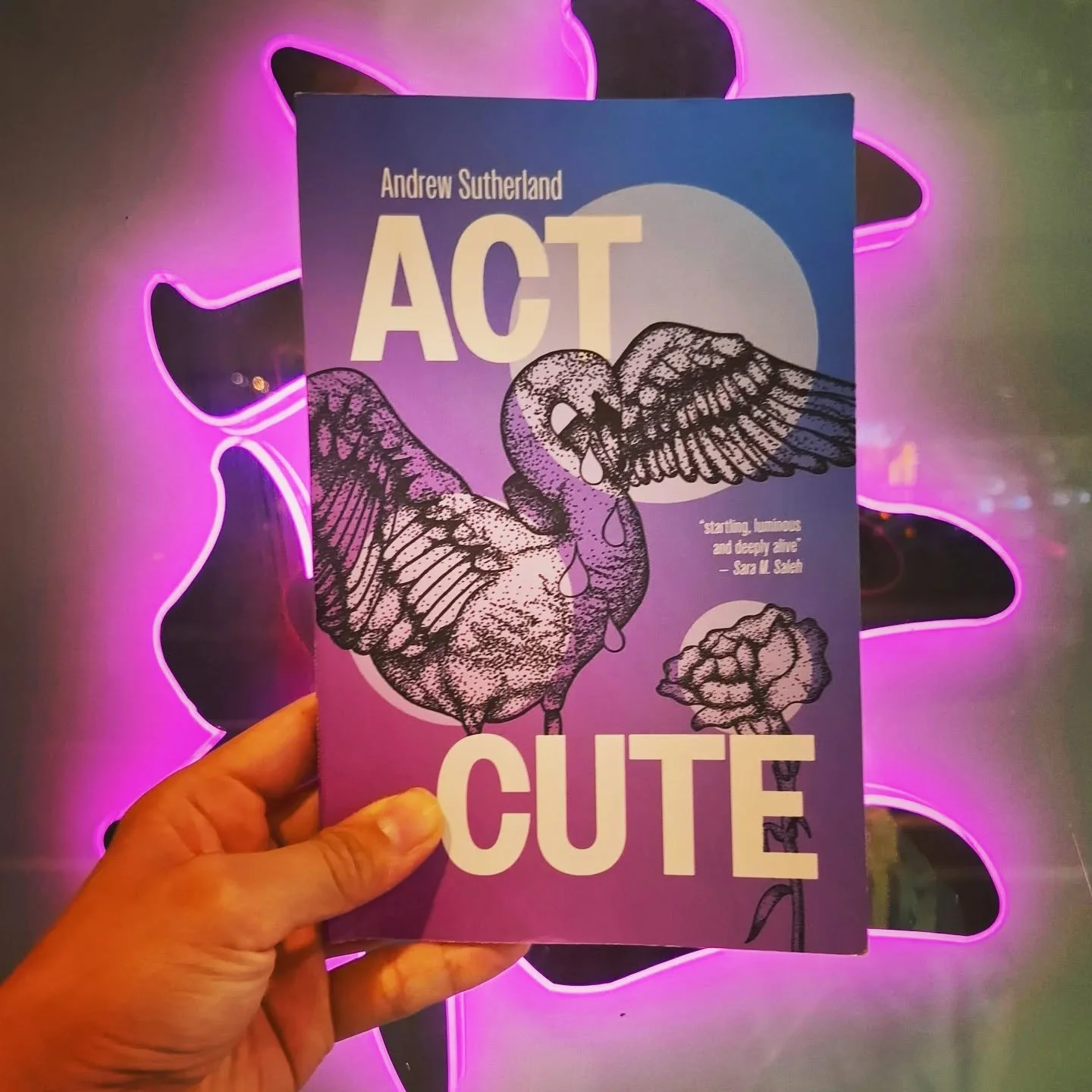
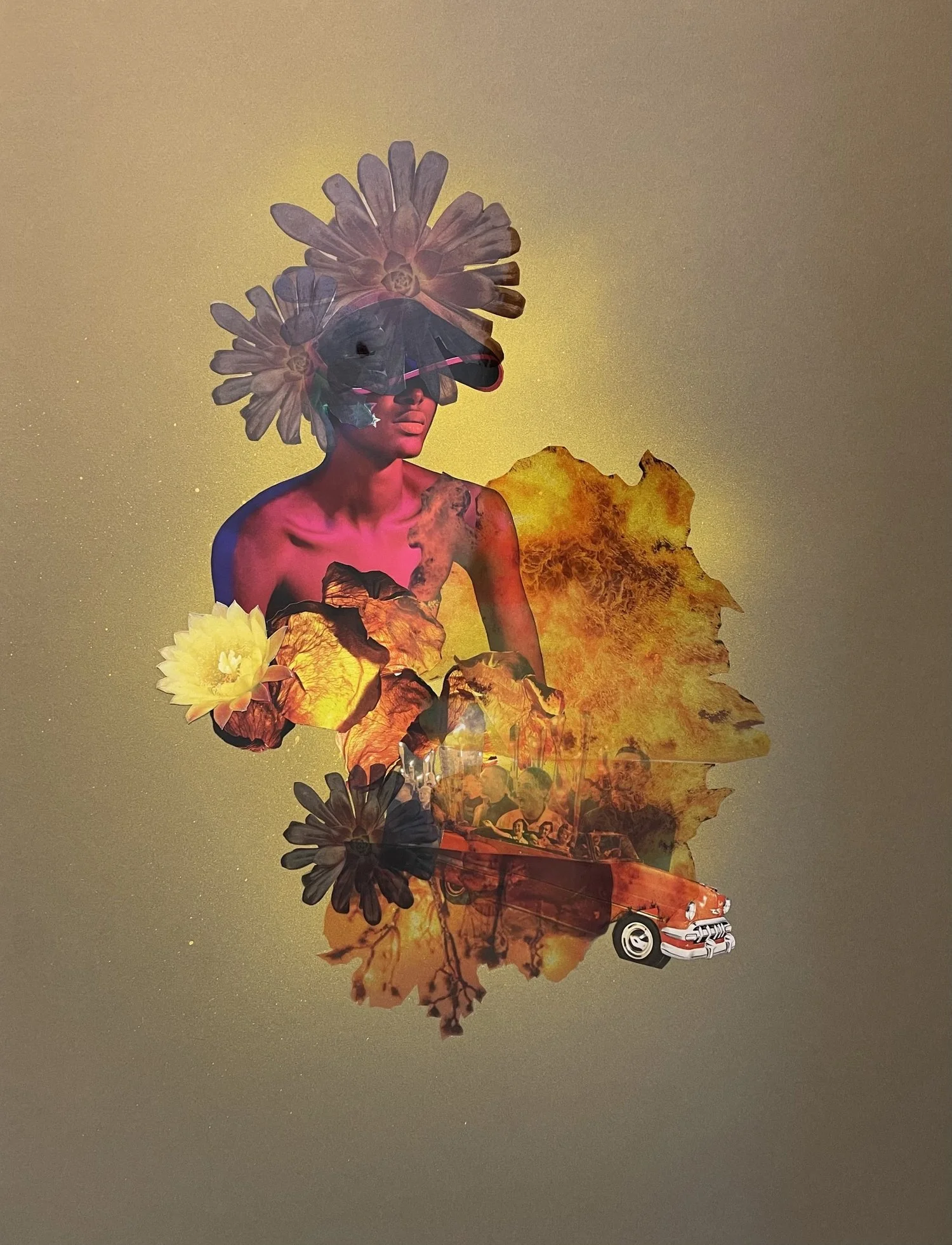
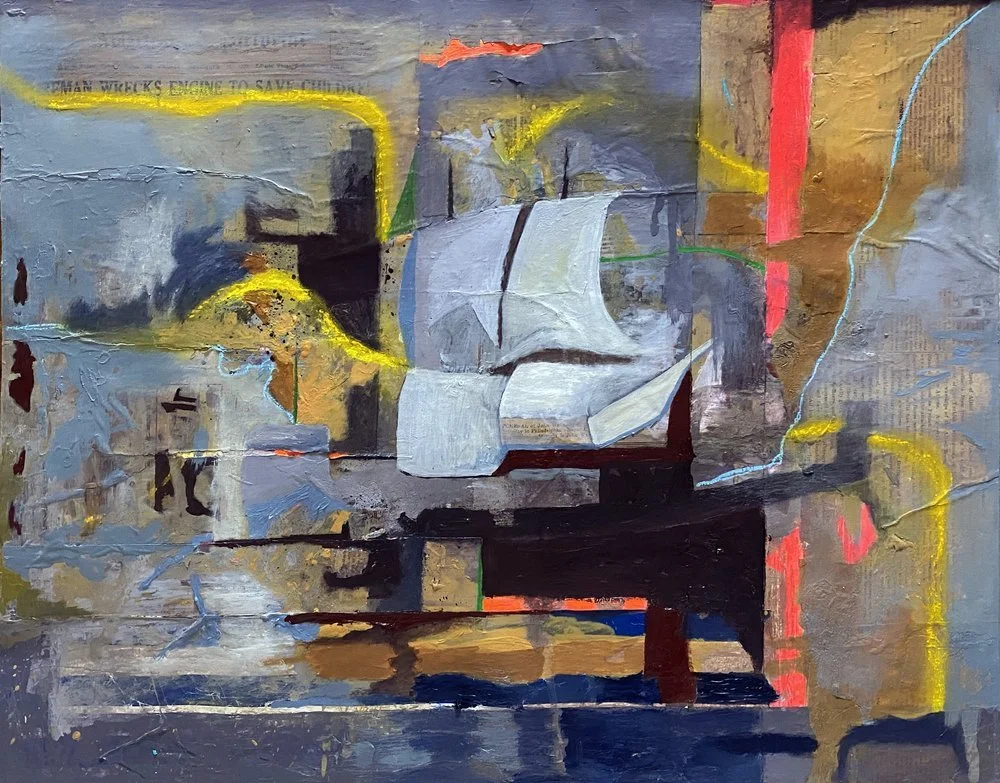
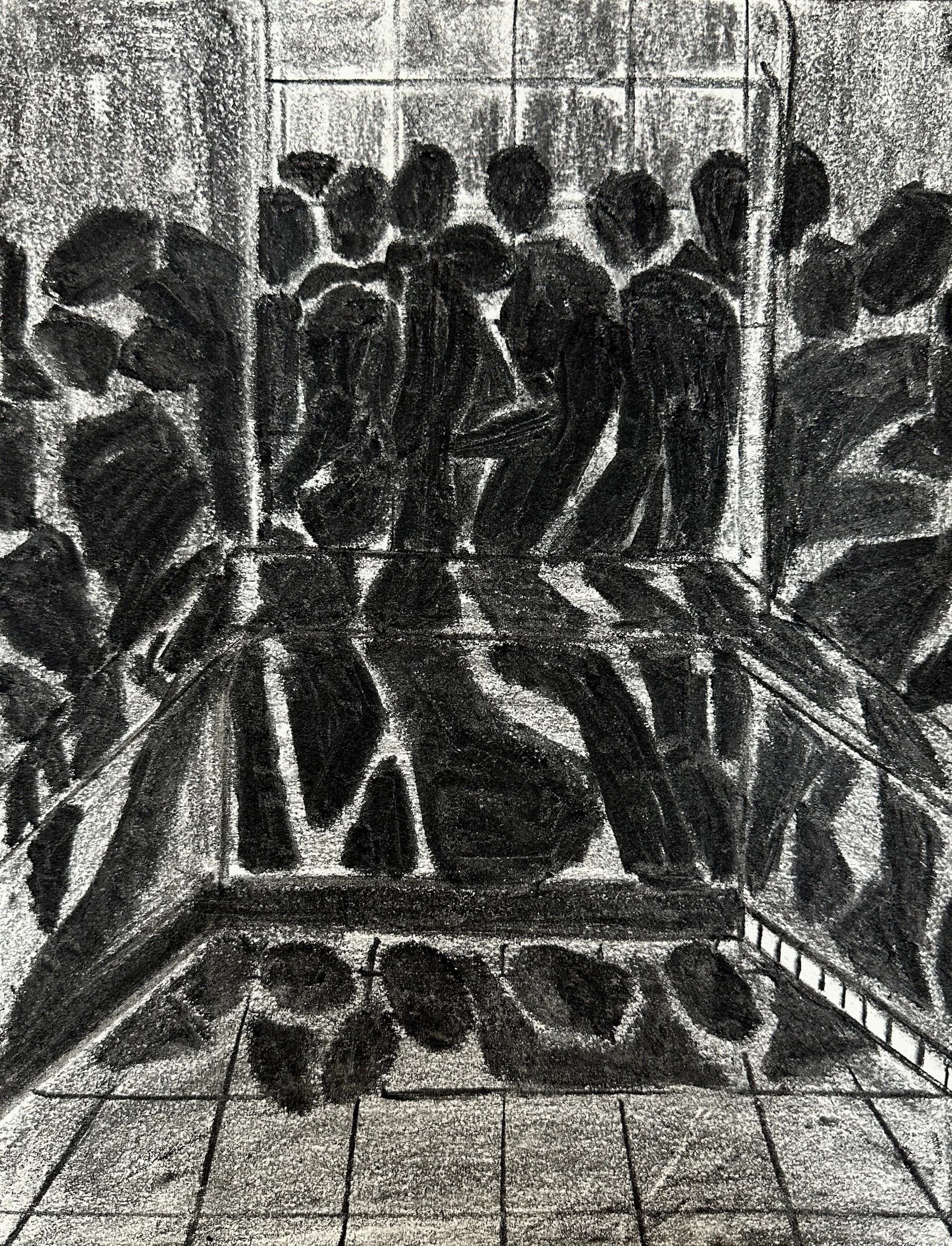
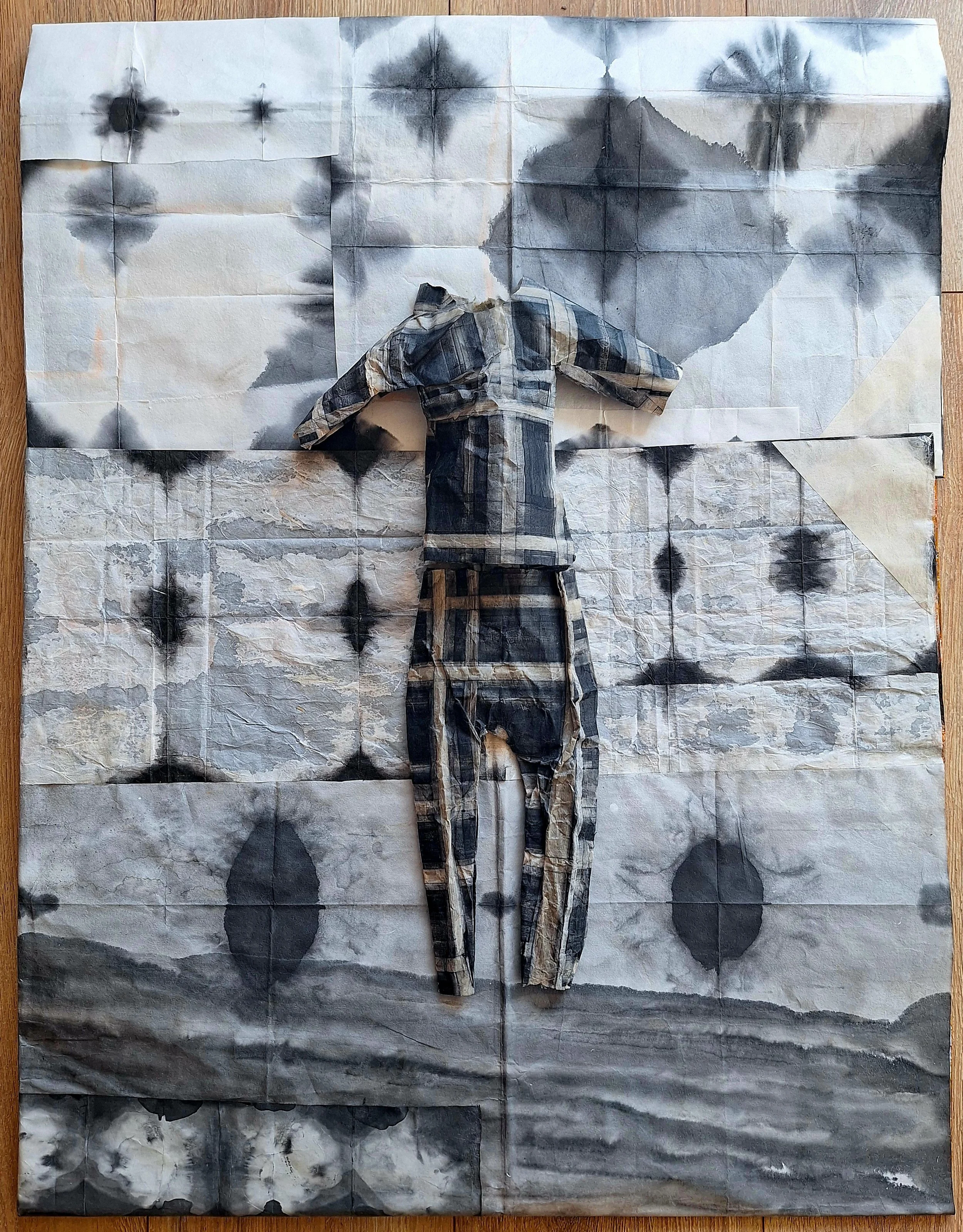
This year, 25 writers and thinkers recommend their favourite reads from and about Asia.